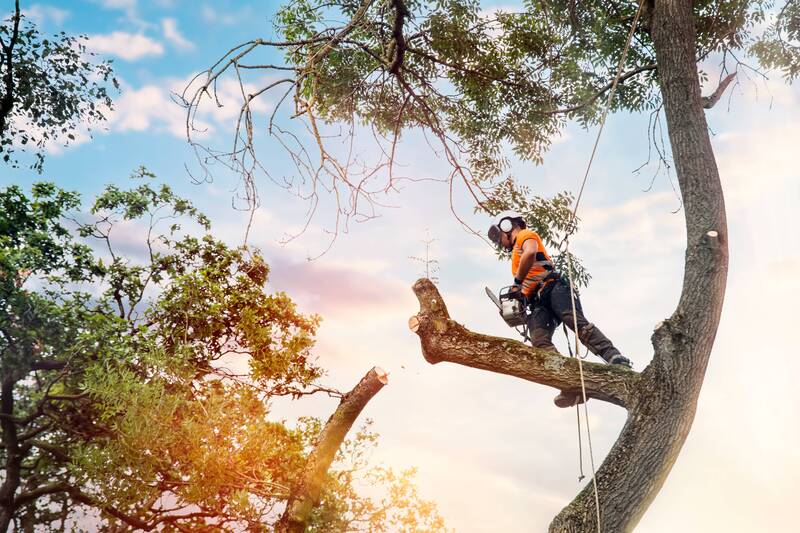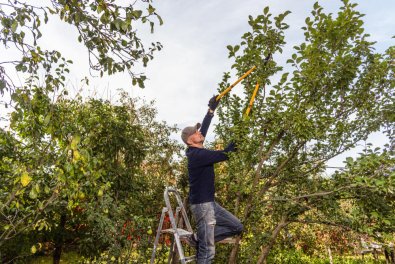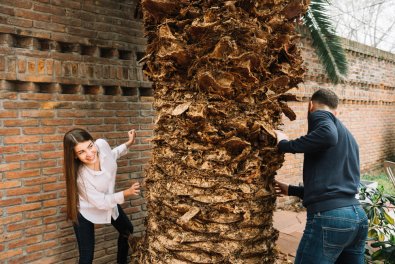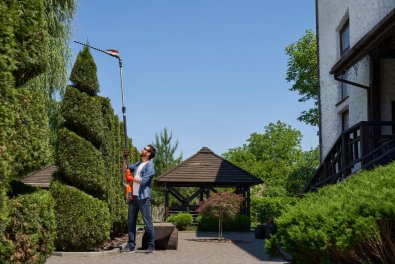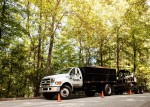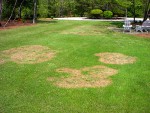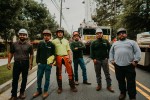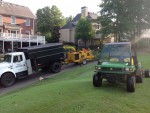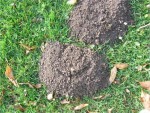5 Bad Pruning Examples to Avoid
Trees require regular care for healthy growth and longevity. One vital care practice is pruning, which entails removing overgrown, damaged, or dead limbs. While tree pruning may seem straightforward, minor mistakes can compromise overall health, leading to deterioration and premature tree removal. At the Sesmas Tree Service, we leverage extensive pruning knowledge to ensure the right technique and tools for your trees. Even if you have conducted successful landscaped projects previously, tree trimming and pruning should be handled by certified arborists. Here are common pruning errors to avoid and how to avoid them.
Taking a Little Off the Top
DIY enthusiasts often trim the canopy to reduce the height or proximity to utility lines and structures. While topping may seem harmless initially, it causes more harm with time. You risk suckers that are structurally weak and susceptible to damage, compromising the tree’s overall well-being. If you have to reduce the height of a tree, hire professional arborists to ensure minimum damage and quality results.
Pruning Bigger Branches
Pruning leaves injuries on the tree, which can get infected or infested if they are big and slow to heal. Tree service professionals recommend trimming branches between two to three inches in diameter or smaller if necessary. If you prune branches that are four inches in diameter or larger, it increases the risk of decay, fungus, and diseases. Even if the damage is not apparent initially, delaying professional intervention can lead to deterioration and tree removal.
Cutting Too Close to the Trunk
The area that connects the branch to the trunk is called the collar. DIYers often trim too close to the trunk and end up cutting the collar. This leaves an open wound that increases susceptibility to decay and other health complications. Tree service professionals recommend pruning further from the collar to allow the tissue to heal quickly. In addition, different species require certain pruning techniques to achieve the desired results without damaging the tree. You can consult a tree care company for a more hands-off approach, ensuring everything is handled professionally.
Bark Damage
Pruning projects are not limited to small branches but big ones as well. If you want to trim a huge tree in your yard, there’s always the risk of damaging the bark. Cutting large branches can reap the bark as they fall, injuring the tree. Certified arborists recommend the three-step pruning technique to minimize bark damage. This process entails making two initial pruning cuts and reducing the weight of the branch as it comes down. Once this is done, you can proceed to make the pruning cut.
Over pruning
Pruning both large and small branches without purpose or proper technique can cause issues with sucker growth, structural issues, and safety hazards. When pruning live wood, limit the cuts between 5% to 20% of the foliage, especially for unhealthy or slow-growing trees. A tree care company in Milton, GA has the tools and expertise to ensure proper pruning techniques for a healthy and aesthetically pleasing landscape.
DIY enthusiasts can conduct safe and efficient pruning projects by avoiding these mistakes. If you prefer a more professional approach, contact us at the Sesmas Tree Service and schedule a consultation. We provide comprehensive services, from planting and maintenance to tree and stump removal, at competitive rates.


